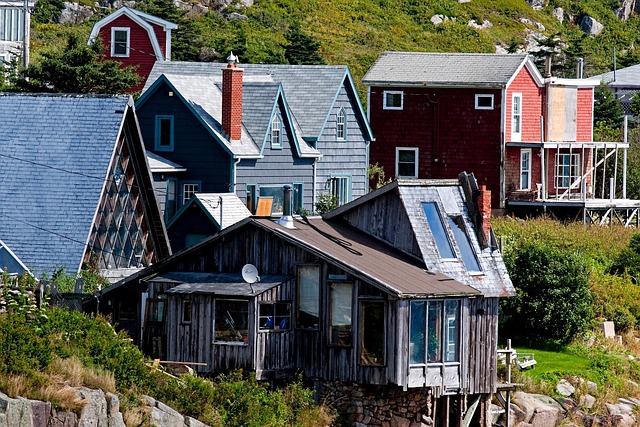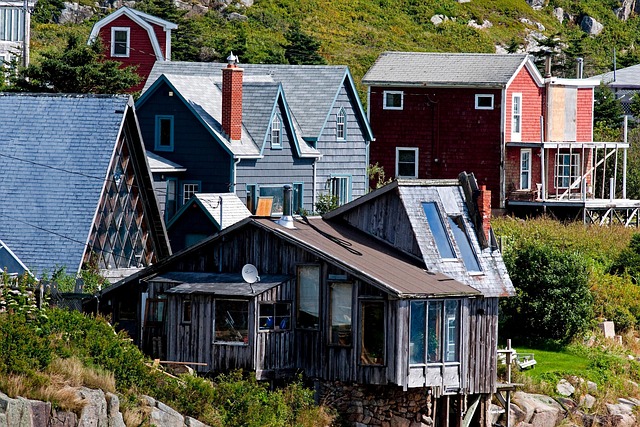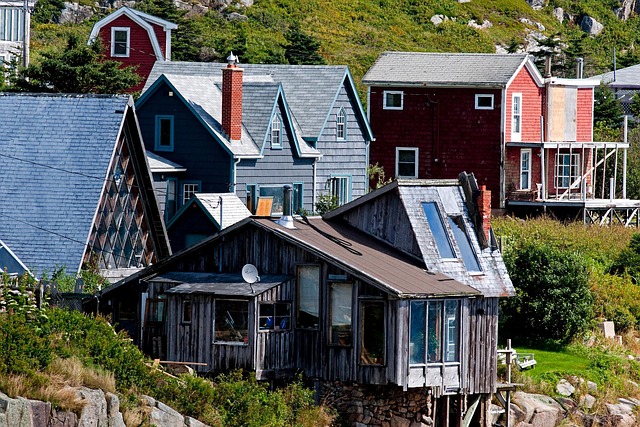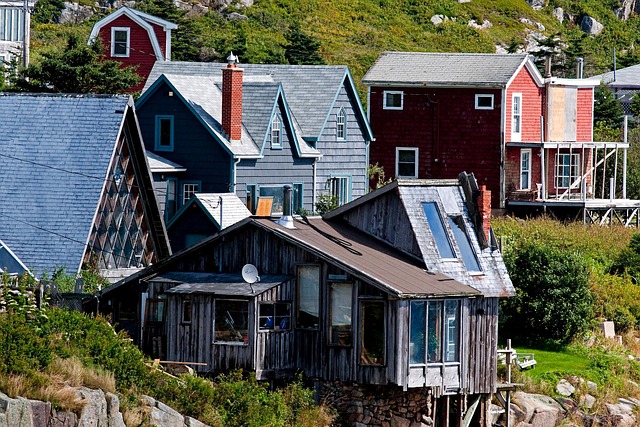Historic downtown areas are key drivers of real estate markets, offering a blend of character and modern amenities that attract diverse demographics. Small businesses are vital for their health and appeal, acting as the backbone of local economies and communities, while adaptive reuse of old buildings and mixed-use development further preserve and promote their unique charm. Real estate investors recognize the potential of these areas during revitalization efforts, creating distinctive identities and stimulating economic growth through increased market activity and property values. Collaboration between developers, community leaders, and historians ensures that new projects complement historical architecture and cultural identity.
“Explore the heart of any city—its historic downtown—and you’ll discover a vibrant tapestry woven with small businesses, each a unique thread. This dynamic sector plays a pivotal role in real estate markets, driving economic vitality and fostering community engagement.
This article delves into the significance of preserving these areas through strategic real estate development, examining strategies to revitalize and enhance historic downtowns while attracting investors and residents alike.”
The Role of Historic Downtowns in Real Estate Markets
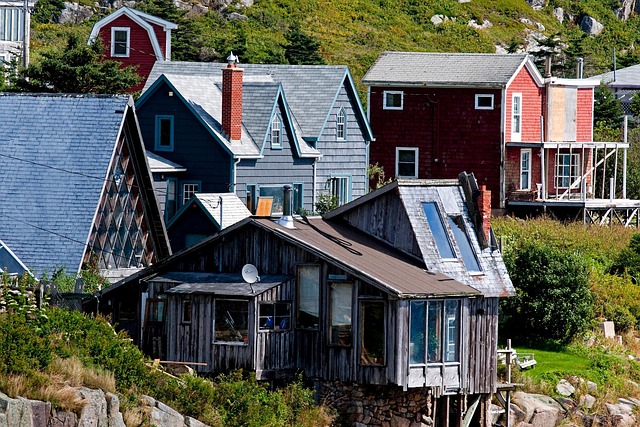
Historic downtown areas play a pivotal role in shaping real estate markets, offering a unique blend of character and modern amenities that attract diverse demographics. These vibrant hubs often become cultural landmarks, fostering a sense of community and belonging among residents. The presence of small businesses, historic architecture, and charming street layouts not only enhances the aesthetic appeal but also increases property values, making them desirable locations for both living and investing.
Real estate investors recognize the potential of downtown areas as they undergo revitalization efforts. The rehabilitation of historic buildings and the establishment of boutique shops create a distinct identity that sets these neighborhoods apart from suburban or urban fringe zones. This specialization attracts specific buyer profiles seeking unique residential or commercial spaces, further boosting market activity and driving economic growth within the community.
Small Businesses: Driving Economic Vitality and Community Engagement
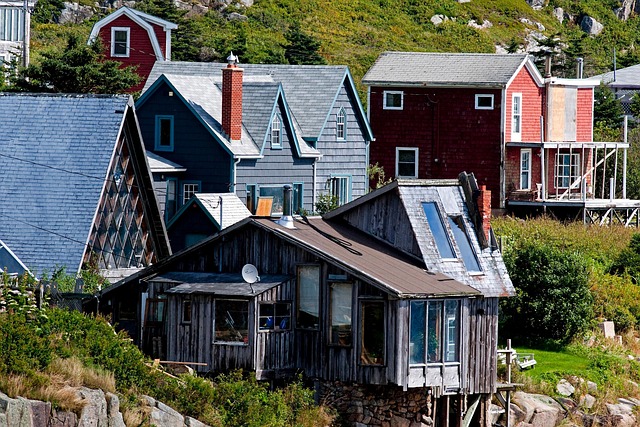
Small businesses are the backbone of any downtown area, playing a pivotal role in driving economic vitality and community engagement. They bring vibrancy to historic districts, attracting visitors with their unique offerings and fostering a sense of place. Each shop, cafe, or boutique contributes to the overall character and charm that makes these neighborhoods so appealing. In terms of real estate, small businesses can revitalize underutilized spaces, turning them into thriving hubs of activity.
These enterprises often double as community gathering spots, encouraging interaction and creating a strong local identity. They host events, support local causes, and provide employment opportunities, thereby strengthening the social fabric. Moreover, their presence can enhance property values, making downtown areas more desirable for both residents and businesses alike, thus further promoting economic growth.
Strategies for Preserving and Revitalizing Historic Downtown Areas Through Smart Real Estate Development
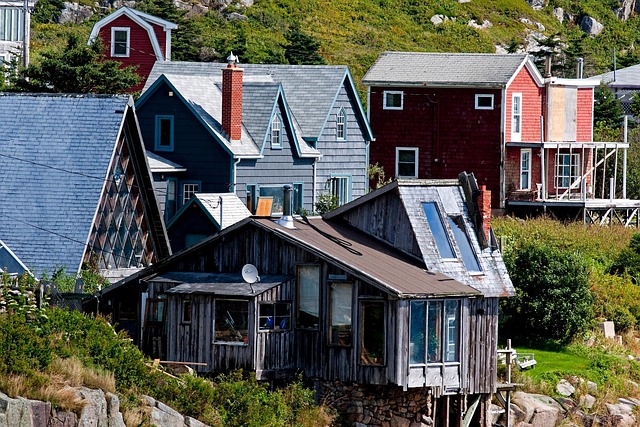
In the heart of many cities, historic downtown areas hold immense cultural value and serve as economic anchors. To preserve these vibrant communities, smart real estate development strategies are key. One effective approach is adaptive reuse, where old buildings are meticulously restored to new purposes, such as converting industrial spaces into trendy restaurants or retail shops. This not only preserves the area’s character but also attracts a diverse range of businesses and visitors.
Additionally, mixed-use development can enhance the livability and sustainability of downtowns. Integrating residential spaces with commercial areas encourages foot traffic throughout the day, fostering a bustling atmosphere that supports local businesses. Real estate developers can collaborate with community leaders and historians to ensure that any new projects complement the area’s historical architecture and cultural identity, thus revitalizing the downtown while preserving its unique charm.


